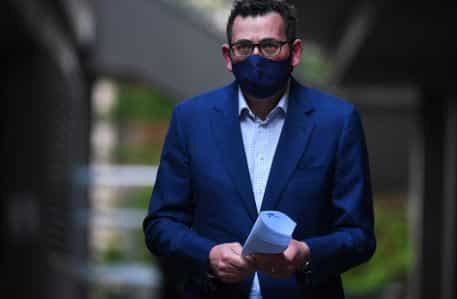From 1 July 2020, Victoria inserted the criminal offence of manslaughter into the Occupational Health and Safety Act. This means that negligently causing a workplace death could lead to 20 years in prison, as well as a fine of up to $16.5 million. Approximately 200 Australians are killed in workplace accidents every year.
The passage of industrial manslaughter into law fulfils one of Dan Andrews’s campaign promises. “It’s my sincerest hope that these laws will never need to be used… that instead, they’ll change our workplaces and change our culture,” said Andrews.
The law’s catalyst was the collapse of the Swanston Street wall in Melbourne in 2014, which killed three bystanders. Under existing laws, the companies involved were only punishable by a fine of $250,000.

Who Can Be Tried For Industrial Manslaughter?
Any person or employer who breaches applicable occupational health and safety duties could be liable, where that breach leads to the death of an individual. It is defined as “a great falling short of the standard of care that would have been taken by a reasonable person in the circumstances.”
Where Do Industrial Manslaughter Laws Apply?
Industrial manslaughter is now law in the ACT, NT, Victoria and Queensland. Queensland is also the first state to prosecute an industrial manslaughter case.
In May 2019, a worker was crushed to death at a Brisbane auto recycling plant while operating a forklift. Yet despite lying to 000 operators in order to deflect blame, the company directors ultimately received a mere 10-month suspended sentence, like a couple of kids caught with a bag of marijuana.
So while the laws set a potentially significant precedent against managerial negligence, it is too soon to tell whether an effective deterrent has been established. A litmus test may well be the possibility of prosecutions over negligence during the Covid-19 pandemic in Victorian nursing homes.
If you enjoyed this article, you can follow Christian on Twitter.
Feature image courtesy of @esptroy via Unsplash.